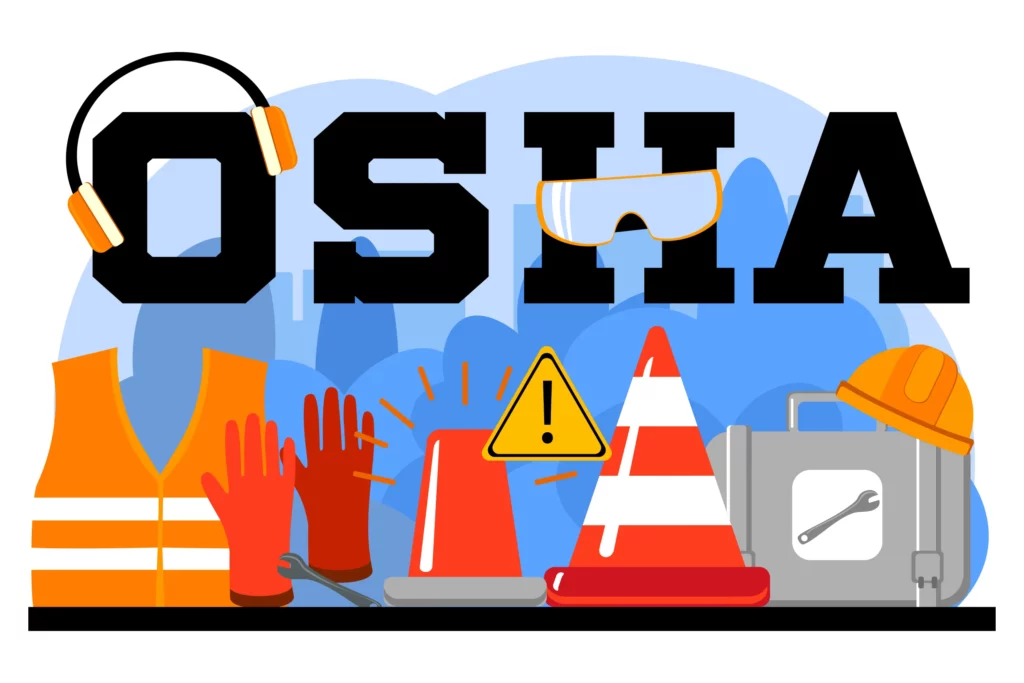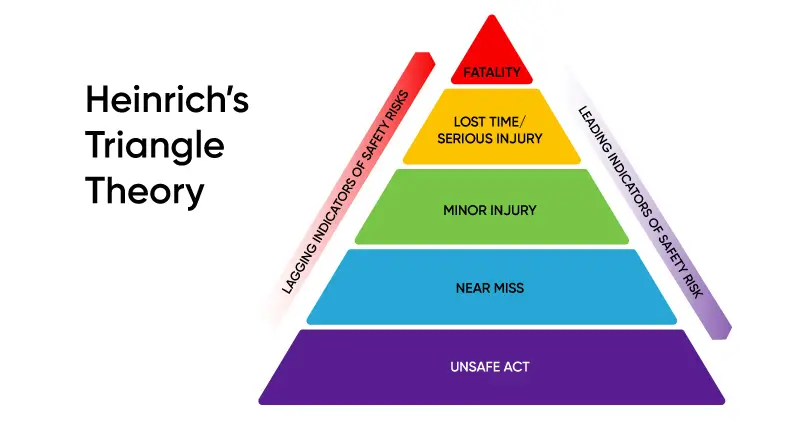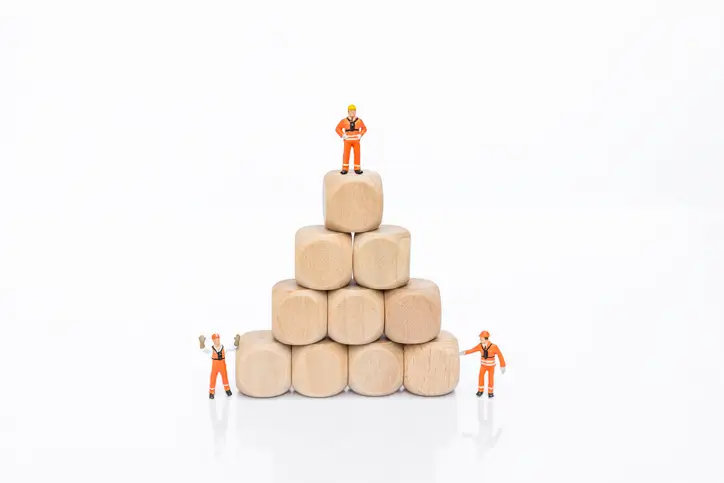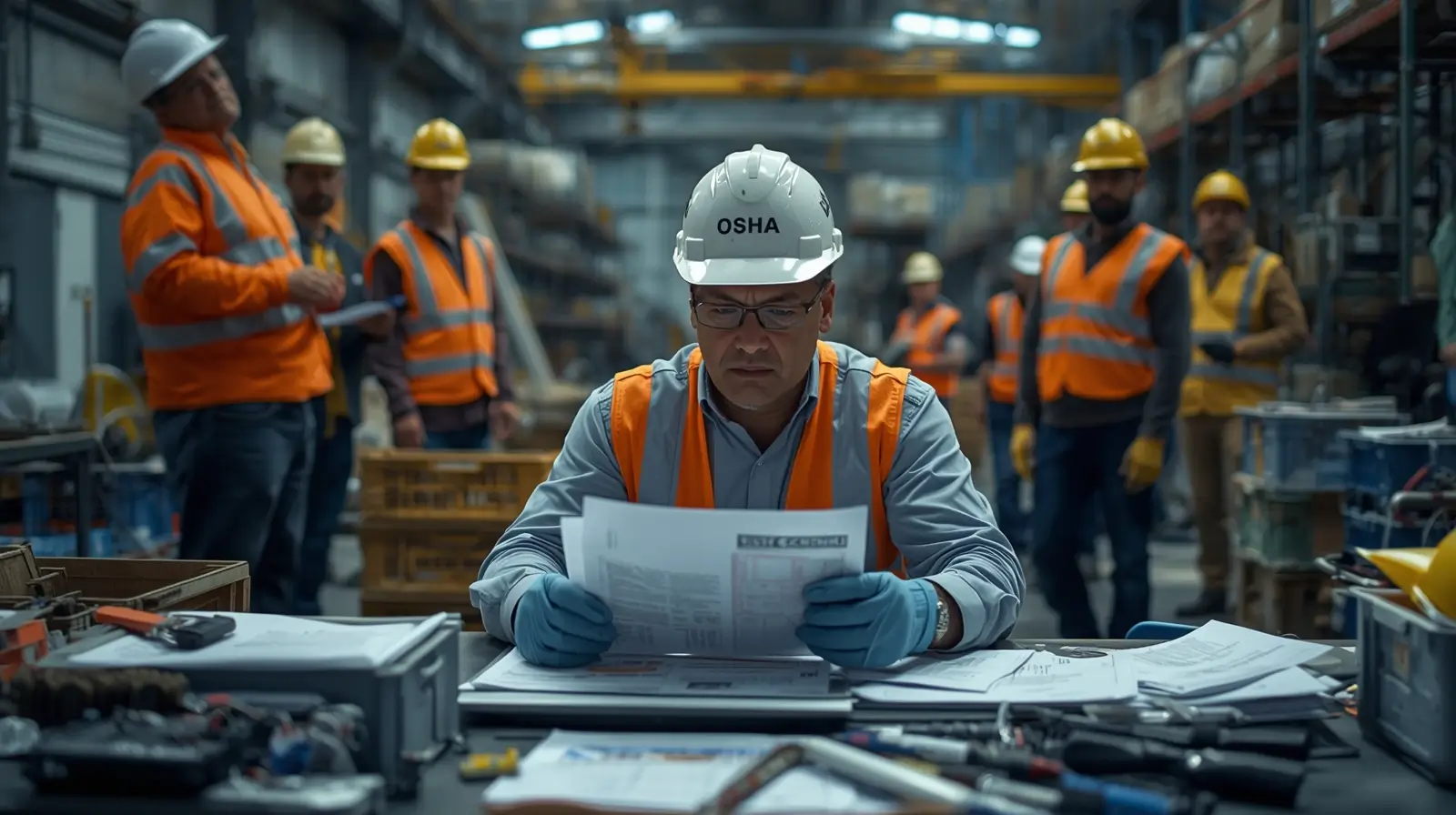
Herbert William Heinrich first proposed the safety pyramid in 1931, hence the term, Heinrich accident triangle, derived from his last name. Moreover, other writers like Frank E. Bird, thus also known as the “Bird Safety Triangle” have since expanded upon the theory. A triangle or pyramid often shows this relationship pictorially. Analysts have described the triangle of safety as a cornerstone of 20th-century workplace health and safety philosophy. However, recently, it has come under criticism over the scores designated to each accident category and for focusing on reducing minor injuries.
Heinrich Safety Pyramid Theory

By reducing the number of minor accidents, factories would also see a correlating fall in the number of significant casualties. Various health and safety programs have used this safety or incident triangle for about 80 years. According to the Heinrich Safety Pyramid theory, human error causes 88 percent of all accidents.
Revision of the Heinrich Safety Pyramid
The Triangle of Safety Components

What does the Accident Triangle or Incident Pyramid represent?
Starting with the most severe consequences, details are below on all aspects of the safety triangle:

Near Misses

Fatality
Minor Injuries
Unsafe Acts

Prevention
The most effective way to prevent injuries and accidents in any workplace is through completing the 30-Hour OSHA Outreach training, since these courses complement the safe triangle and include all essential site safety topics that train workers on recognizing, controlling, and preventing potential site hazards.
Lost Time & Severe Injury
The definition of workplace injury covers both accidents resulting in disabilities and those not resulting in injuries. These injuries may include:
- An incident causing severe eye damage, requiring a trip to the Doctor
- An accident resulting in broken bones
- Injuries requiring hospitalization
- An accident resulting in unconsciousness for the involved workers
- Accidents requiring treatment by a healthcare professional
- Illnesses resulting in loss of mobility

Criticism of the Heinrich Theory About the Safety Pyramid
Conclusion
Despite the criticisms of Heinrich's theory, understanding safety concepts, including the safety pyramid, OSHA guidelines, and other safety elements, remains crucial. Creating a safe and accident-free work environment is essential for all industries.










